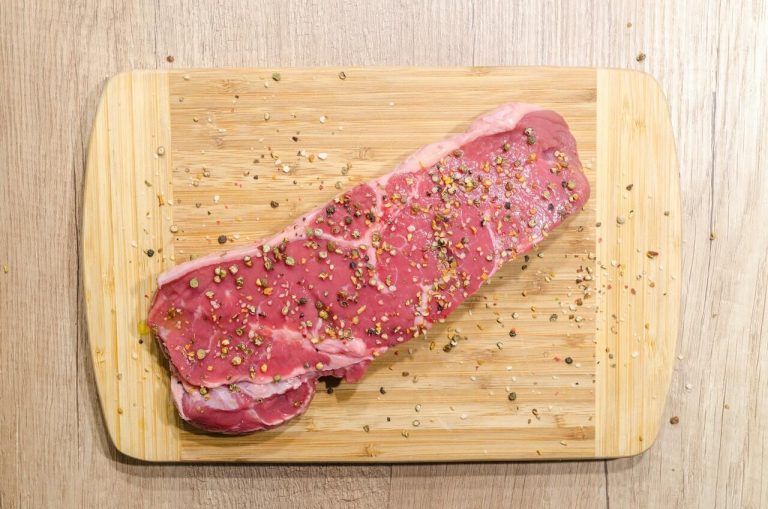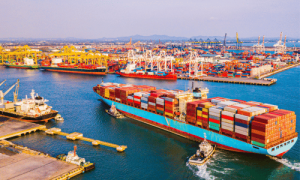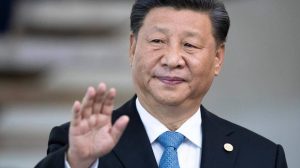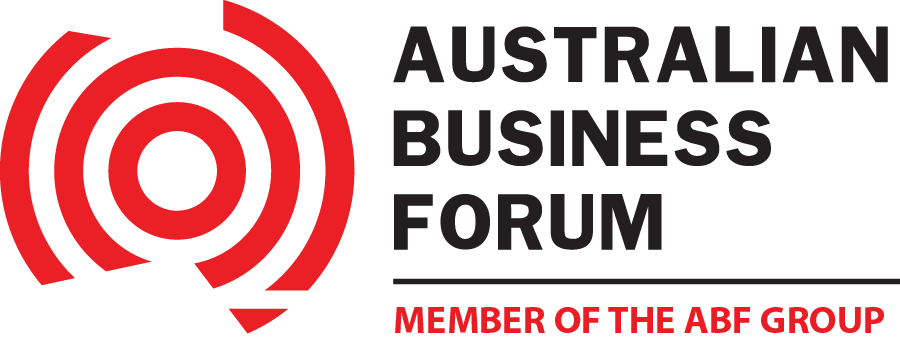Taiwan imports 96 per cent of beef for consumption purposes, owing to constraints in beef production capabilities. Australian beef is well received in Taiwan because of its ‘clean and green environmental image’ and high food safety standards. Taiwan’s beef imports come primarily from Australia, United States (US) and New Zealand.
Australian beef traditionally has been cheaper than New Zealand and US beef, with its market share, import quantity and price more stable than other suppliers. Australia was the second largest supplier of beef in 2015, with Taiwan importing approximately 30,493 tonnes of Australian beef. The decrease of Australian beef exports to Taiwan can be mainly attributed to a tighter supply and higher export prices, largely driven by the big demand for Australian beef in the US market in 2015. However, the first half of 2016 has seen a more relaxed situation, with a sufficient supply of Australian beef available and reduction of export prices.
In the past, premium beef cuts, such as sirloin, tenderloin and striploin were dominated by US beef in Taiwan. Beef from the US is classified as ‘special grade’ for tariff purposes, whereas Australian, New Zealand and domestically produced beef are classified as ‘general grade’. The quality of beef determines where the products are sold e.g. US and New Zealand beef tends to go to the Western-style restaurants and modern supermarkets. On the other hand, Australian beef (mostly shin shank and other lower value cuts) are used mainly in Chinese restaurants and local wet markets for predominantly local dishes, in particular ‘beef noodles’.
However, in recent years, Australia has started to promote its high value and quality beef (instead of the traditional cuts – shin shank and intercostal), such as grain-feed beef and pure blood wagyu beef. The increasing popularity of Australian wagyu beef has led to an increase of premium beef cut imports to Taiwan (Source: Trade Map, Trade statistics for international business development, accessed 24 October 2016).
Opportunities
Along with New Zealand, Australian beef is at an advantage for being unaffected by bovine spongiform encephalopathy (BSE or mad cow disease) and other food safety issues.
From Australia, the most popular and stable cuts in terms of demand are shin shank, knuckle, chuck tender and intercostal. Australian wagyu beef, and other premium cuts, are also increasing in popularity.
Due to the strong demand of shin shank and intercostal cuts from other markets, it is suggested that the Australian meat industry consider introducing alternative cuts to replace shin shank and intercostal.
Competitive environment
The US had the largest market share in 2015, overtaking Australia as the largest supplier of beef to Taiwan. Recently, they have been focusing on promoting lower value beef cuts and targeting Japanese barbeque and cuisine restaurants.
Market Share by Value – 2015
- United States: 47 per cent
- Australia: 27 per cent
- New Zealand: 20 per cent
- Other: six per cent.
New Zealand was the third largest beef supplier in 2015, with significant growth as a result of the trade agreement between New Zealand and Taiwan (ANZTEC). The tariff rate of New Zealand beef exports to Taiwan have been reduced significantly through this agreement. This presents a serious challenge to Australian beef exporters, with many Taiwanese importers choosing New Zealand products due to their similar quality and cheaper import price.
Exporters of Australian beef are encouraged to visit the Ministry of Economic Affairs for more information about ANZTEC and relevant tariff rates.
Tariffs, Regulations and Customs
Industry standards
Taiwan’s Ministry of Health and Welfare (MHW) is responsible for managing food safety and all associated laws, regulations and standards. All imported food items are inspected at the point of entry in Taiwan by the Ministry of Economic Affairs’ Bureau of Standards, Metrology and Inspection on behalf of the MHW.In addition, the MHW commissions the Bureau of Animal and Plant Health Inspection and Quarantine of the Council of Agriculture to inspect all fresh fish and seafood products, including aquatic plants. Processed foods are inspected for correct labelling, food hygiene and food additives. The importation of food additives is prohibited without prior authorisation from the MHW. A complete list of applicable standards and regulations can be purchased in Mandarin Chinese, directly from the MHW.
Marketing your products and services
Market entry
Although Australian beef is well received and established in Taiwan, exporters need to develop long-term strategies to create greater demand in the market. This could include:
- Increasing the market penetration of Australian beef in the retail and food service sectors by introducing new beef cuts to match specific Chinese food preparation techniques.
- Developing a marketing plan with a long term vision to maintain and grow the market share, in view of relevant operating/marketing environment and trade/distribution issues such as reluctance of retailers and food service operators to make significant investment in promoting Australian beef due to shrinking beef sales margin.
- Continuing to raise the profile of Australian beef by highlighting quality, nutrition and health advantages is also a priority to help drive overall beef consumption. Exporters can utilise public relations and advertising to promote Australia’s beef image.
The industry body – Meat & Livestock Australia (MLA) – have been conducting regular industry seminars in Taiwan, in order to educate and train service industry chefs on different ways of cooking Australian beef, as well as promoting different cuts of beef.
Distribution channels
Taiwanese retailers use a variety of different methods to purchase products including direct sales, distributors, wholesalers, agents and representatives.
The hotel and restaurant industry primarily relies on importers, distributors, wholesalers, wet markets and retailers for imported food supplies. Some independent small-sized establishments have begun making volume purchases of imported goods at local hypermarkets in order to avoid the hassle of more traditional import channels. Institutional players, are reliant on importers and distributors for the most part, but may also source products directly from foreign producers.
In the hotel segment, food purchase decisions are usually made by food and beverage managers or the respective executive chefs. Hotels that serve western food or employ western chefs are subsequently more likely to require imported food products on a regular basis, commonly sourcing through distributors and wholesalers.
Fast-food and family-style restaurant chains frequently maintain their own distribution centres, which manage purchases and supplies for the entire chain, island-wide. In addition, some chain restaurants will prepare meals at a central location and distribute the meals to their various locations around Taiwan. Smaller eateries most commonly source their food supplies from traditional or wet markets.
Agents and representatives have the advantage of superior market intelligence and improved communication for customer service. Sales representatives play an important role in the direct sale of products. Generally speaking, foreign firms are better served by local agents with whom they have close ties.




















